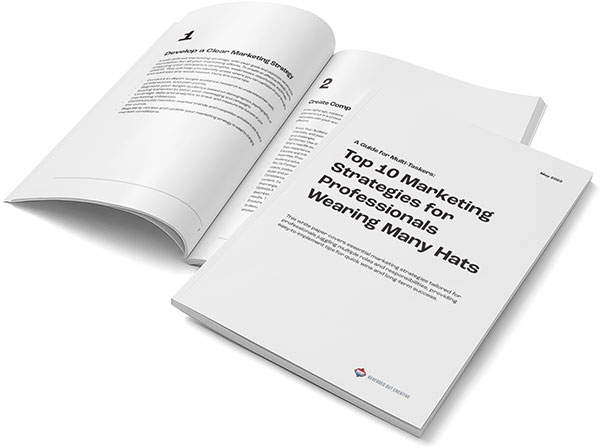
Ever since it came out in July 2019, Google’s mobile-first indexing has changed the SEO game majorly. Responding to the growing use of mobile phones for making online queries, Google introduced mobile-first indexing. This means the mobile version of your website is used as the basis for indexing and ranking.
When users hit a search query on their phone, Google will show the results based on mobile-first indexing. Compared to the desktop version of your site, which was primarily used for indexing before.
It’s not just the increasing use of smartphones for search queries that led Google to introduce the concept. Studies have also found that more than half of mobile searches lead to at least two follow-up actions, which means higher conversion rates. This makes mobile-first indexing a major investment that can improve your digital marketing efforts significantly.
At Reversed Out Creative, a Covington KY ad agency, we believe that mobile-first indexing is a great way to boost your organic search efforts. Here’s how:
Go with a responsive design
Arguably the most important factor that affects your site’s rank on the mobile-first index is how responsive it is when users access their mobiles. If you have a responsive page, it will score well on smartphones and on desktop, since the design can seamlessly adapt to the screen’s size. For instance, the page should load quickly and buttons and links should be easy to tap on.
It is crucial to note that your site must prove responsive and dynamic, not just mobile-friendly. A responsive site adapts to the screen or device it’s viewed on. A mobile-friendly site works the same way regardless of which platform you use.
Optimize your content for mobile
Make sure that your website content is optimized for mobile devices. Your visitors should be able to access any text, images, and videos in a way that’s easy to read and digest on a smaller display.
For example, if you have long-form articles on your site, it’s a good idea to provide shorter paragraphs, making it easier for your users to read. Think about it. Shorter paragraphs bearing no more than two sentences would be much simpler to go through on a tiny screen. The experience would be much more pleasant for users.
Verify mobile site ownership by adding it in Search Console
Make sure to verify your ownership for your mobile site just as you do with the desktop version. So, remember to add your mobile site in the Search Console. All you have to do is follow this sequence: Add Property > Manage Property > Verify Property. After this, download the HTML file so that you can upload it on your site. Finally, all that’s left is to confirm and verify.
Contact Reversed Out Creative to make sure you get all that mobile-first indexing has to offer!
Contact Us
At Reversed Out Creative, we understand the challenges and opportunities presented by AI disruption. Our team of experts specializes in web design, SEO, graphic design, and digital marketing services. Reach out to us through our contact form to learn more about navigating the evolving job market and embracing the potential of AI. Together, let’s shape a future that combines human ingenuity with the power of AI.
Next Article: 7 Fonts You Absolutely Must Avoid When Creating Your Brand Logo
©2024 Reversed Out LLC. All rights reserved. Privacy Policy.


